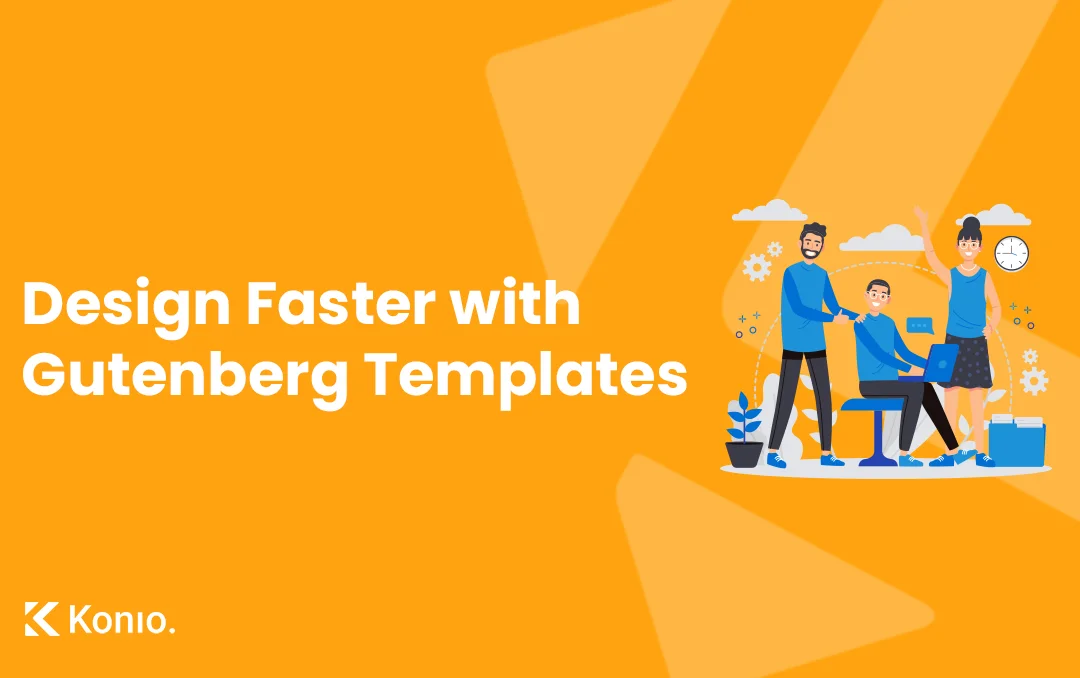Gutenberg templates, also known as block templates, are pre-designed layouts or structures made up of Gutenberg blocks within the WordPress Gutenberg editor. They provide a convenient way to quickly create complex page designs without needing to manually arrange individual blocks every time.
Here are some key points about Gutenberg templates:
- Pre-designed layouts – Gutenberg templates come with predefined arrangements of blocks, such as columns, text blocks, images, buttons, and more. These layouts are designed to be visually appealing and functional for various types of content, such as blog posts, landing pages, portfolios, and product pages.
- Time-saving – Using templates can significantly speed up the process of building pages or posts in WordPress. Instead of starting from scratch, you can select a template that closely matches your desired layout and then customize it to fit your specific needs.
- Customizability – While templates provide a starting point, they are often highly customizable. You can easily modify the content, styling, and arrangement of blocks within the template to create a unique design that matches your brand or website theme.
- Accessibility – Gutenberg templates are built with accessibility in mind, ensuring that the content created with them is usable and understandable by people with disabilities. This includes considerations for keyboard navigation, screen reader compatibility, and adherence to web accessibility standards.
- Availability – Gutenberg templates are available from various sources, including the official WordPress repository, third-party websites, plugins, and theme frameworks. Some templates are free, while others may be offered as premium products.
- Compatibility – Gutenberg templates are designed to work seamlessly with the Gutenberg block editor, which is the default content editor in WordPress since version 5.0. They may also be compatible with popular page builder plugins or themes that support Gutenberg integration.
You can find Gutenberg templates, also known as block templates, in several places:
- WordPress.org – The official WordPress repository often has Gutenberg block templates available for download. You can search for them directly from your WordPress dashboard under “Plugins” > “Add New,” or visit the WordPress.org website and search for Gutenberg block templates.
- Third-party Websites – Many developers and design agencies offer Gutenberg block templates for free or for purchase on their websites. You can find these through a simple web search or by exploring platforms that specialize in WordPress themes and plugins.
- Gutenberg Plugins – Some plugins for the Gutenberg editor include pre-made block templates as part of their feature set. Look for Gutenberg-specific plugins in the WordPress plugin repository or through third-party sources.
- Page Builder Plugins – Some popular page builder plugins like Elementor, Beaver Builder, and Divi also offer Gutenberg-compatible templates. While these plugins are not exclusively for Gutenberg, they often provide templates that can be used within the Gutenberg editor.
- Gutenberg Theme Frameworks – Certain WordPress themes and frameworks are built with Gutenberg in mind and come with pre-designed block templates. When choosing a theme or framework, look for those that explicitly mention support for Gutenberg and include block templates.
< Wrapping Up />
Gutenberg templates offer a user-friendly way to create visually appealing and functional content in WordPress, catering to both beginners and experienced users who want to streamline their design process.
Remember to check the compatibility of the templates with your version of WordPress and the Gutenberg editor, as well as any reviews or ratings to ensure their quality and usability.




